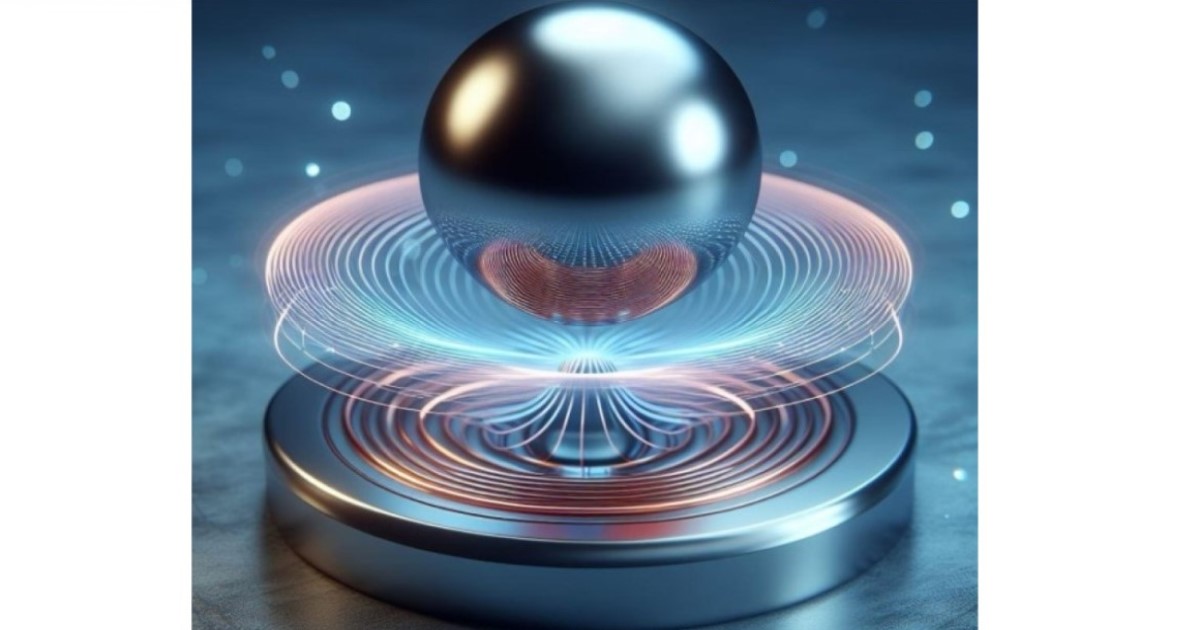Advances in Cuprates and Iron-Based Superconductors: Physics, Properties, and Applications
A special issue of Materials (ISSN 1996-1944). This special issue belongs to the section "Quantum Materials".
Deadline for manuscript submissions: closed (20 June 2025) | Viewed by 9201

Special Issue Editors
Interests: superconductivity; iron-based superconductors; magnetic properties of low- and high-temperature superconductors; vortex dynamics; flux pinning properties; magnetism; magnetic measurements; magnetic materials; nanomaterials; magnetic nanoparticles
Special Issues, Collections and Topics in MDPI journals
Interests: condensed matter physics; superconductivity; AC and DC magnetic properties; multi-harmonic AC susceptibility; vortex dynamics; magnetic materials
Special Issues, Collections and Topics in MDPI journals
Special Issue Information
Dear Colleagues,
The discovery of superconductivity in cuprates was received with great enthusiasm due to the fact that Tc can exceed the temperature of liquid nitrogen in many cases. Nevertheless, due to issues such as high anisotropy values, superconductor–insulator–superconductor (SIS) grain boundary junction, etc., materials like YBCO or BSCCO have never been fully exploited for superconductivity power applications. Nevertheless, the interest in these materials has always existed. Furthermore, despite having a lower Tc than cuprates, iron-based superconductors (IBSs) exhibit higher Jc and Hc2 values along with lower values of anisotropy and superconductor–normal–superconductor (SNS) grain boundary junction, and thus have been proposed as a valid alternative to cuprates.
For this Special Issue, we intend to collect articles detailing the most recent advances in the understanding of the physics and superconducting properties of both cuprates and iron-based superconductors, as well as those studying superconducting parameters with use in power applications, such as Jc, Hirr, Hc2, etc. Moreover, experimental and theoretical studies on pinning properties, vortex dynamics, methods of material synthesis, different characterization techniques, etc., will be considered for publication in the Special Issue. Regular articles, communications, and reviews are all welcome.
Dr. Armando Galluzzi
Dr. Massimiliano Polichetti
Guest Editors
Manuscript Submission Information
Manuscripts should be submitted online at www.mdpi.com by registering and logging in to this website. Once you are registered, click here to go to the submission form. Manuscripts can be submitted until the deadline. All submissions that pass pre-check are peer-reviewed. Accepted papers will be published continuously in the journal (as soon as accepted) and will be listed together on the special issue website. Research articles, review articles as well as short communications are invited. For planned papers, a title and short abstract (about 250 words) can be sent to the Editorial Office for assessment.
Submitted manuscripts should not have been published previously, nor be under consideration for publication elsewhere (except conference proceedings papers). All manuscripts are thoroughly refereed through a single-blind peer-review process. A guide for authors and other relevant information for submission of manuscripts is available on the Instructions for Authors page. Materials is an international peer-reviewed open access semimonthly journal published by MDPI.
Please visit the Instructions for Authors page before submitting a manuscript. The Article Processing Charge (APC) for publication in this open access journal is 2600 CHF (Swiss Francs). Submitted papers should be well formatted and use good English. Authors may use MDPI's English editing service prior to publication or during author revisions.
Keywords
- superconductivity
- cuprates
- iron-based superconductors
- material synthesis
- structural characterization
- electrical measurements
- magnetic measurements
- thermal measurements
- vortex dynamics
- pinning properties
- vortex phase diagrams
Benefits of Publishing in a Special Issue
- Ease of navigation: Grouping papers by topic helps scholars navigate broad scope journals more efficiently.
- Greater discoverability: Special Issues support the reach and impact of scientific research. Articles in Special Issues are more discoverable and cited more frequently.
- Expansion of research network: Special Issues facilitate connections among authors, fostering scientific collaborations.
- External promotion: Articles in Special Issues are often promoted through the journal's social media, increasing their visibility.
- Reprint: MDPI Books provides the opportunity to republish successful Special Issues in book format, both online and in print.
Further information on MDPI's Special Issue policies can be found here.







